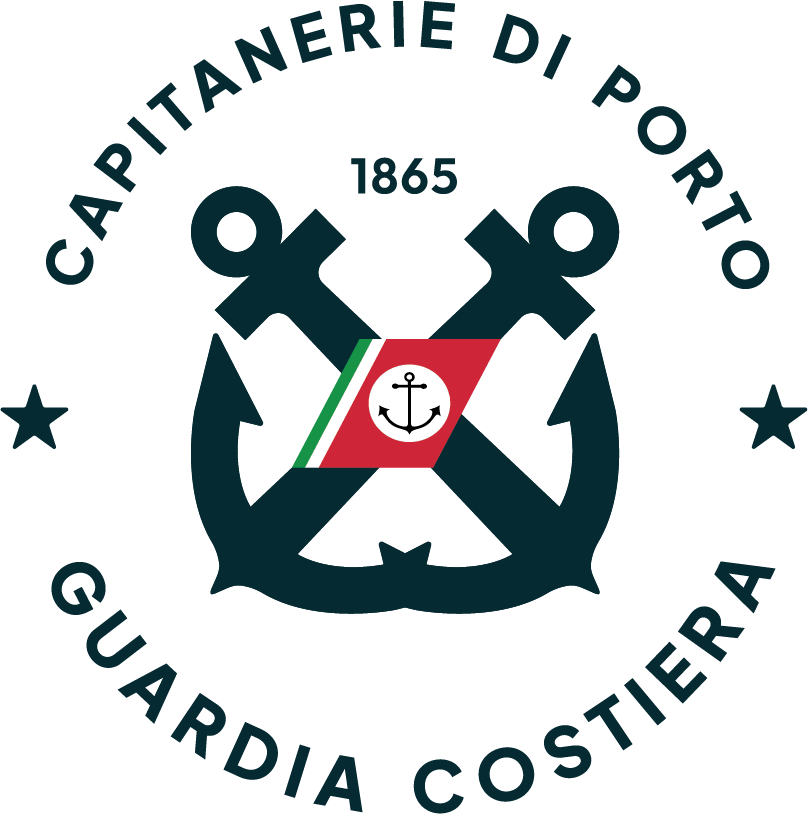Classes
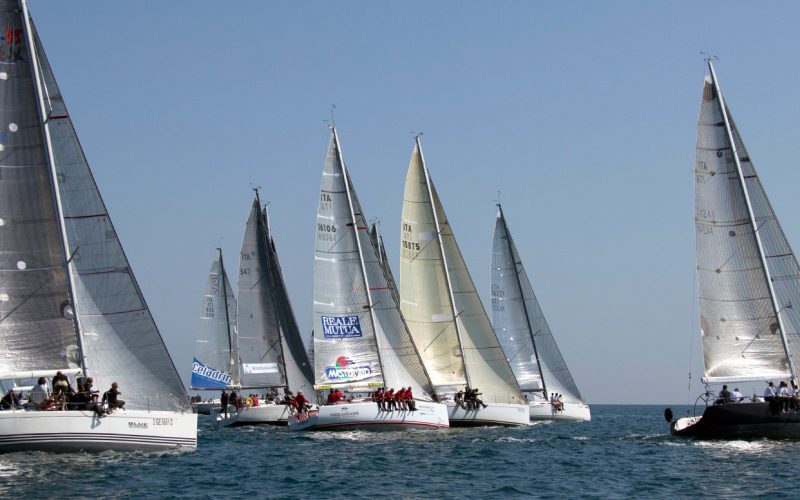 ORC / IRC
ORC / IRC
The Offshore Racing Congress (ORC) and the International Racing Certificate (IRC) are the most common rating systems for offshore racing.
ORC is the technical body of the International Sailing Federation (ISAF) and is responsible for rating and classes of sailing boats. The “ORC- International” standard is the official international standard for rating competitions and takes in consideration, among many other factors, stability, drag, longitudinal moment (tendency to pitch), sail plan, mast aerodynamic resistance, building materials, fixed accommodation, depth, crew weight, differences in performance of the vessel in various winds, etc.
The IRC, instead, maintains the secrecy of its formula, guarded by the R.O.R.C. (Royal Ocean Rating Club), as its strong point. This prevents designers from taking advantage of the rule when designing new boats, and levels the playing field to so no vessel starts a race knowing that is already defeated. The IRC does not take in consideration factors like the weight of the crew, the dimensions of the appendages – ship-owners that declare that theirs have been modified are penalized – and the straightening calculation which are at the basis of the IMS and have brought, in the past, extremely unstable vessels on regatta courses and ungovernable with 25 kts of wind.
The handicap calculation is based on real time corrections (disregarding distance travelled) and does not take into account the “polars” (correction coefficients that vary with the wind intensity) which was one of the main sources of disagreement between racers and organizers, since wind intensity at the start line could be very different from that in the course.
 TRIDENT 16
TRIDENT 16
The Trident 16 was designed by the internal planning studio of the C.N.To. Nautical yard. It is a very spacious boat particularly adaptable for either sailing schools or family outings. It introduces the novice sailor to the fundamentals of sailing, safely accompanying him every step of the way into the fascinating world of sailing. It is very stable, solid and easy to handle. Originally the hull had a sharp edge; it is now round. It’s avant-garde hull design allows the boat to reach a good level of performance thanks to its optimal over-sized main sail. Particularly strong, the cockpit is self-draining with ergonomically inlaid seating for a 4-5 person crew, the ample watertight locker and the anchor locker makes this centerboard dinghy ideally suited for a long day sailing in pure tranquility.
The Trident 14 was designed by the notorious ship architect Paolo Cori. It’s a very stable hull, whether sailing or anchored. It has a spacious and ergonomic cockpit, seating along the inside edge to the stern, an ample watertight bow peak locker, an high boom, an efficient and versatile sail plan thanks to the full batten square top geometry of the main sail, developed specifically for this boat. The Trident 14 is an evolution of the diffused Trident 16. It differentiates itself with its smaller weight, the greater stability, and easy to sail. It can also be sailed by one person. It’s simplicity and ease of handling and optimal performance under sail makes it a good compromise whether a novice or more seasoned sailor. The boat is entirely constructed laminated fiberglass on female plugs (mould), guaranteeing structural integrity for a long life expectancy. It’s superior solidity and stability both statically and sailing make it a suitable boat for sailing schools or family sailing when compared with most other boats of this type.

2.4 mR
The 2.4 was born in Stockholm in 1983, designed by local designers who used the rule “R Meter” to create a boat single bulb, the 2.4 mR. It is a real boat “thoroughbred” characterized by a complexity and sophistication for boats with a bulb, but the costs and the sensitivity of a simpler boat. It is a younger sister, in terms of size, but no sailing style of larger boats metrics 6m, 8m and 12m (the latter used for the America’s Cup). Because the skipper is sitting inside the hull exactly in front of all control maneuvers, the conduct is not binding from a physical standpoint and regattas are sailed in the formula “open” that is open to men, women, young and old young, able and disabled, i.e. all competing together without distinction of class. Cause that the weight of the crew is always close to its center of gravity, the 2.4mR boat is not sensitive to differences in size of the athlete. Conversely, that is a boat in which they are both very sophisticated sail trim, the tactics and the race strategy. 2.4 The class soon got a lot of popularity for its unique qualities and has spread around the world. In 1992 the class has achieved the status of “international class” and since then every year is played in the world championship with a stake of between 60 and 100 units. Since the 2.4mR is suitable for sailors with physical disabilities it has been chosen as a single class for the Paralympic Games in Sydney in 2000. The main fleets are found in the Scandinavian countries, Italy, England, Germany, Australia and the USA.

MARTIN 16
The Martin 16 is a small high performance sloop suitable for people with disabilities. The weighted keel makes it a very safe boat. The high stability of this boat with adjustable maneuvering position and special control systems makes the Martin 16 one of the most accessible and easy to maneuver. At the same time it is suitable for skillful sailors as it guarantees high performance. In addition, the Martin 16 offers automatic steering systems and sails’ release. The Martin 16 has an overall length of 4.9 meters, a width of 21.1 meters, an immersion with lowered keel of 0.40 meters, the displacement is 330 kg and a crew of maximum 2 people.
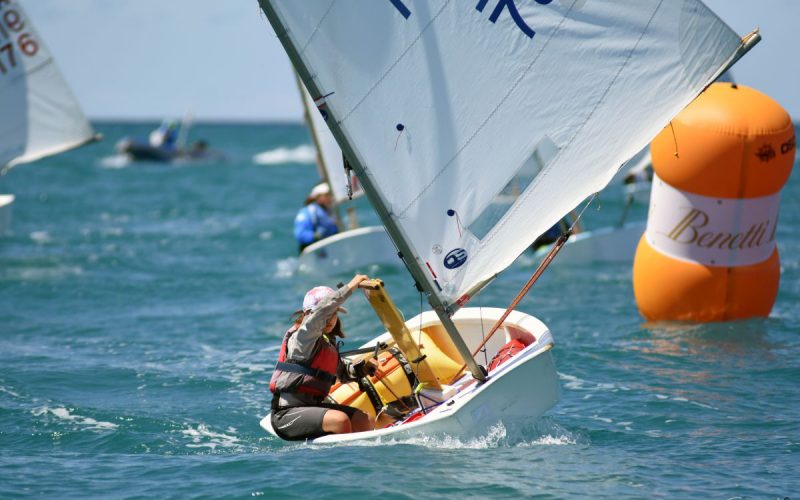
OPTIMIST
The Optimist sailing boat is a small, single-handed dinghy that is popular among young sailors around the world. It was designed in the 1940s by American Clark Mills, who was looking for a simple and affordable boat that could be used for teaching children to sail.
The Optimist is typically made of lightweight materials such as fiberglass or wood, and measures just over 7 feet in length. It features a simple, uncluttered design with a single sail and a low center of gravity, which makes it easy to handle and maneuver for young sailors.
The boat is typically used for beginner and intermediate level sailing, and is popular among children between the ages of 7 and 15. It is a great way for kids to learn the basics of sailing, including steering, trimming the sail, and navigating the wind.
One of the advantages of the Optimist sailing boat is its affordability. It is relatively inexpensive to purchase and maintain, which makes it accessible to a wide range of young sailors. It is also easy to transport and launch, which makes it a popular choice for sailing clubs and schools.
 J 24
J 24
The J24 is a “monotype” with distribution all over the world. In Italy, it is the most common boat between the monotypes thanks to its low purchase cost purchase and maintenance. There are 150 boats enrolled in the class, divided into 10 local fleets that enliven the season with events and prestigious regattas with more than 120 competitions a year. An important feature of the boat is that it maintains its high sporting performance over time. The class offers all levels of competition, club, local, national and international, where the owners often use aspiring and international level skippers. The possibility of racing with champions is one of the strong points of the class.
The crew is composed of 5 members, and the fundamental roles are the helmsmen, main trimmer, and bowman. The best have a specific job. The others man the halyards. The J24 its one of the classes with a major presence of female athletes.
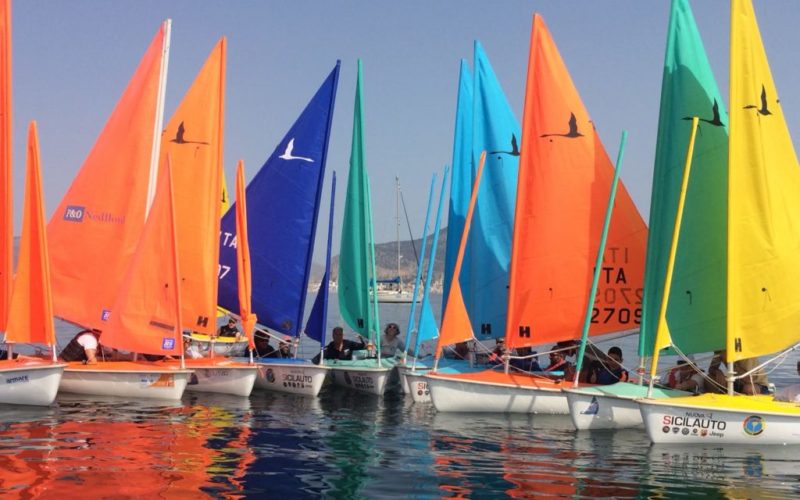
HANSA 303
The Hansa 303 sailing boat is a lightweight, single-handed dinghy designed for sailors with disabilities. It features a wide cockpit with an adjustable seat and footrests to accommodate different physical needs. The boat is highly maneuverable and responsive, thanks to its simple and uncluttered design and low center of gravity. It is also designed with a range of control options, including hand-operated steering and electric controls, to ensure that sailors with different levels of mobility can participate. The Hansa 303 is a popular choice for racing and cruising events around the world, and is a testament to the inclusive nature of sailing.
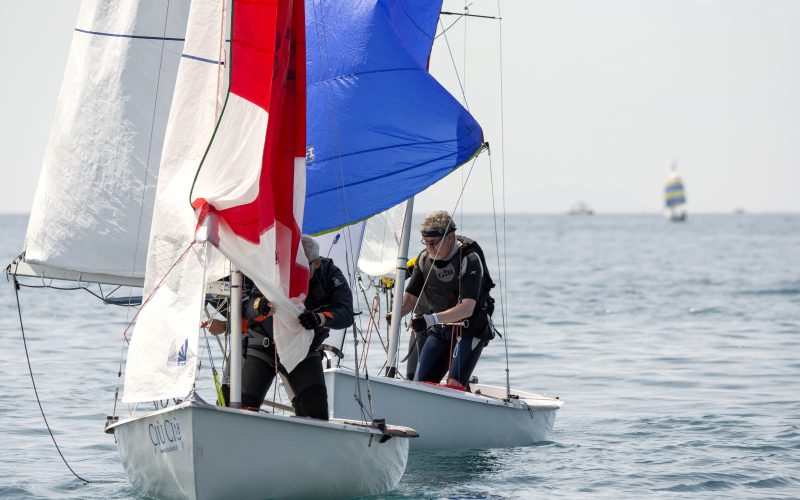
FLYING JUNIOR
The Flying Junior sailing boat, or FJ, is a popular double-handed dinghy that is ideal for both novice and experienced sailors. It measures just over 13 feet in length and features a simple and efficient design that is easy to handle and maneuver. The boat typically has a mainsail and jib, which allows for a range of sail combinations depending on the wind conditions. The FJ is designed to be responsive to the wind, which makes it a popular choice for racing and cruising events. Its stable design and relatively low cost make it a great choice for sailing schools and recreational sailors alike.

WING FOIL
It is an inflatable wing that is held in hand and allows you to harness the wind on any board, preferably equipped with an hydrofoil. It is a nice novelty and a synthesis of everything. It takes a little from surfing, windsurfing, kitesurfing, SUP, but it doesn’t replace anything. It’s simply an alternative to everything, ready to be enjoyed by those who are curious to try. What is certain is that it allows you to navigate freely, lightly, be pushed by the wind, and have fun between the sea and the sky.

FIREBALL (Photo by Urs Hardi)
The Fireball is a trapeze dinghy crewed by two people. It is notably fast and planes even in very light winds. It feels like sailing on a windsurfing board. Its performance captivates experienced sailors, yet it is stable enough for beginners. The slender hull (4.93m length with a beam of 137cm), light weight (76kg), and generous sail plan make the Fireball a highly performant double trapeze boat. Its distinctive angular appearance, with a truncated bow, is justified by the fact that the boat realizes its full potential in planing conditions. In other words: the bow isn’t there because it’s not needed. The sail plan (13.2 sqm upwind) includes a significant mainsail, a slightly overlapping jib, complemented by a 13 sqm spinnaker. Class regulations are restrictive on minimum weights, measurements, and materials, but allow freedom in choosing rigging, permitting variations in equipment size and positioning for crew customization. Currently, there are over 15,000 Fireballs in more than 15 countries, and national Fireball Associations organize races worldwide for sailors of all levels. The hull is currently made of epoxy resin and Kevlar, but it can still be self-built in wood: construction plans are available through the Fireball Class Italy. The Fireball is a class suitable for crews of all ages, sizes, and weights, offering remarkable performance at moderate costs. Mixed crews are becoming increasingly common.

O’PEN SKIFF
The O’pen Skiff Racing Class represents a captivating opportunity for sailors of all levels, from complete novices to professional navigators eager to experience competition in a fair and enjoyable environment. Founded on high technical and sporting standards, this class of boats aims to offer safe and satisfying regattas for all participants.
With a length of 2.75 meters and a width of 1.14 meters, the O’pen Skiff was born as a more dynamic and modern alternative to the Optimist. Equipped with a self-bailing cockpit, this boat offers faster and more dynamic sailing, ideal for young sailors seeking excitement on the water.
Designed to introduce a wide range of children and teenagers to the world of sailing, the O’pen Skiff offers a playful and enjoyable approach to competition. With an easy-to-handle boat and few adjustments required, aspiring sailors can enjoy autonomous and fun sailing without sacrificing racing performance. This class of boats expands the educational offerings of the sport of sailing, inviting more young people to participate and appreciate the joys of sailing.


